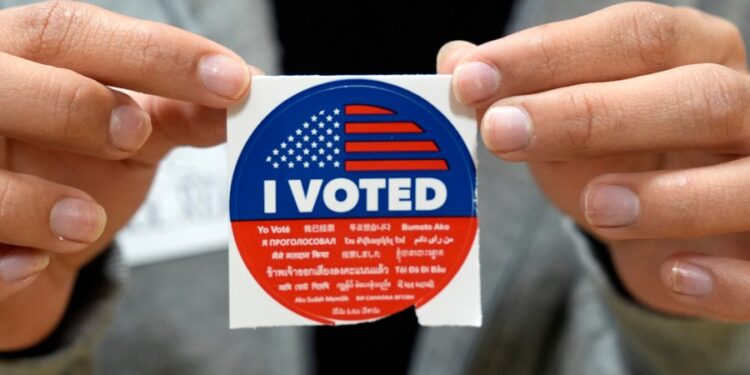
For those holding out to vote in person on Election Day, you may or may not need to show your ID. It all depends on where you live.
According to the National Conference of State Legislatures (NCSL), more than 30 states have laws requesting or requiring voters to show some form of identification at the polls. Nine of those states have what are considered “strict photo ID” laws, and another three have “strict non-photo ID” requirements.
What does this mean?
It’s simple: some states require an ID with a photo verifying the voter, such as a driver’s license, state-issued identification card, military ID, tribal ID, and other forms. As explained by NCSL, other states accept non-photo identification, such as a bank statement with name and address or other document that does not necessarily have a photo.
The states below require a photo ID, according to Ballotpedia:
- Alabama
- Arkansas
- Florida: The ID also needs to have a signature on it
- Georgia
- Idaho
- Indiana
- Iowa: Another registered voter could, however, attest to the voter’s identity, if they do not have an ID with them
- Kansas
- Kentucky
- Louisiana
- Mississippi
- Missouri
- Nebraska
- New Hampshire
- North Carolina
- Ohio
- Oklahoma
- Rhode Island
- South Carolina
- South Dakota
- Tennessee
- Wisconsin
Voters in Michigan with a photo ID must present it at the polls by law, but a voter can cast their ballot without a photo ID if they sign “an affidavit stating [they are] not in possession of a valid photo ID.” Texas has a similar requirement.
Meanwhile, these states require non-photo IDs (but may also accept photo IDs) to vote in person:
Arizona will accept either one photo ID, two forms of identification with a current address, or a photo ID and a form with a current address on it. Montana will accept a photo ID or other forms of identification that list a voter’s name and current address.
Oregon, which conducts voting via mail-in ballots, does not require a photo ID when registering voters. Utah, which also primarily votes by mail, requires either a photo ID or two forms of alternative IDs. While Washington is also primarily a vote-by-mail state, those who want to vote in person need to provide identification or sign a ballot declaration.
The remaining states and Washington, D.C., do not require any documentation to vote at the polls:
- California
- Hawaii
- Illinois
- Maine
- Maryland
- Massachusetts
- Minnesota
- Nevada
- New Jersey
- New Mexico
- New York
- Pennsylvania
- Vermont
First-time voters in these states and the District of Columbia may, however, need to bring a photo ID or document with their name and address on it.
Voters who forget to bring the necessary identification to the polls may have to complete an affidavit confirming their identity or use a provisional ballot – the latter of which may require additional steps to ensure the vote is counted.
When in doubt, be sure to check with your local election officials about what you need to vote.
Election Day takes place on Tuesday, Nov. 5, 2024.







